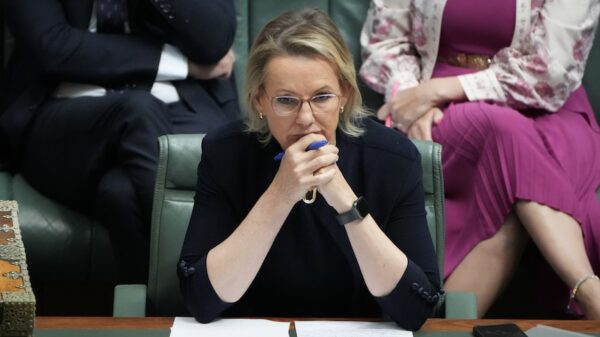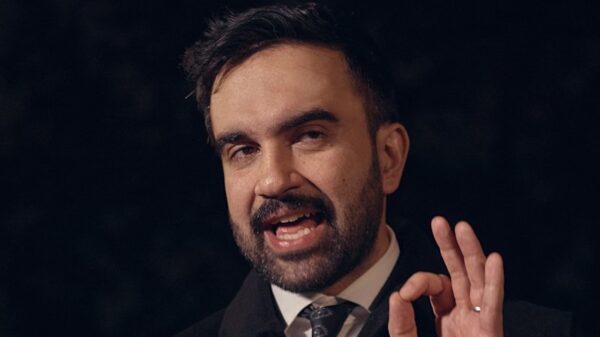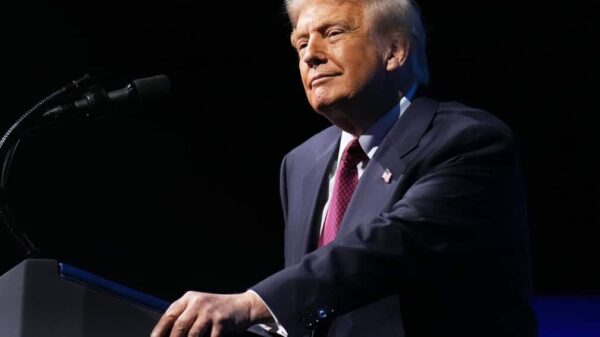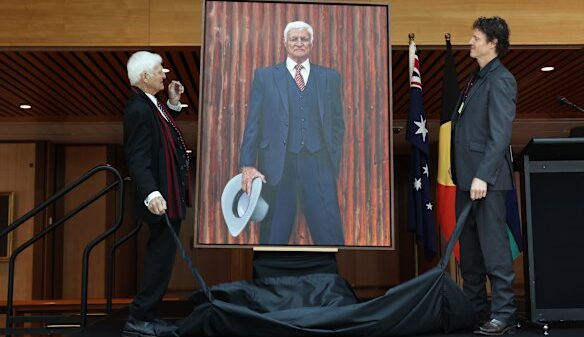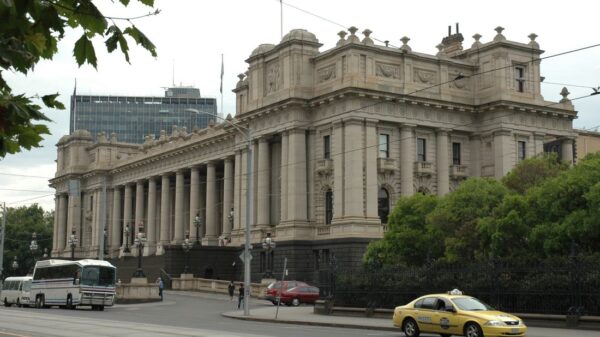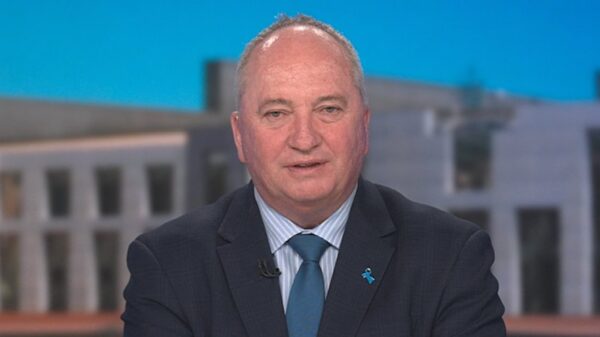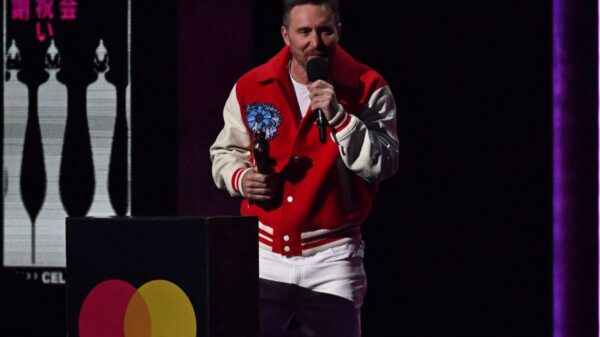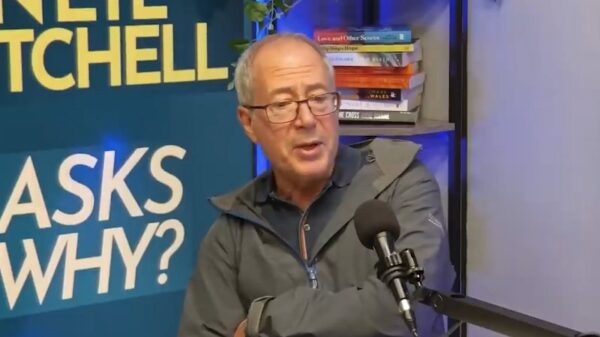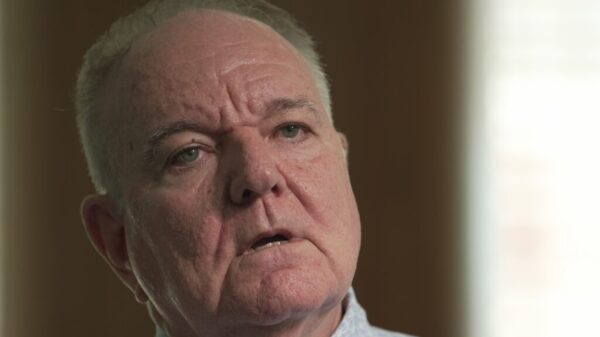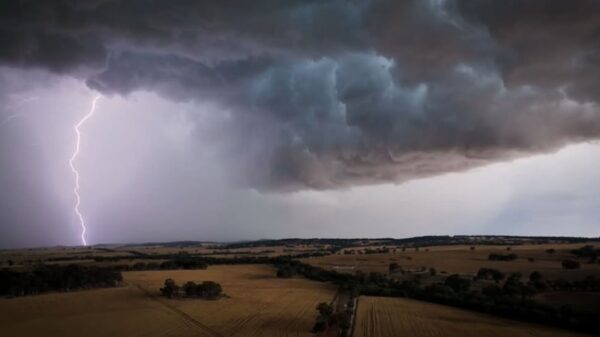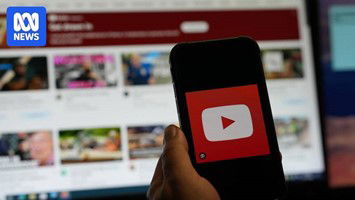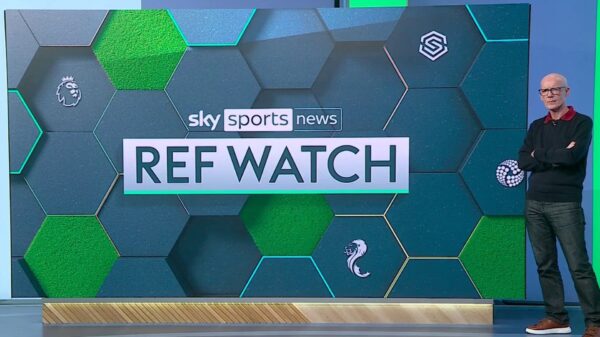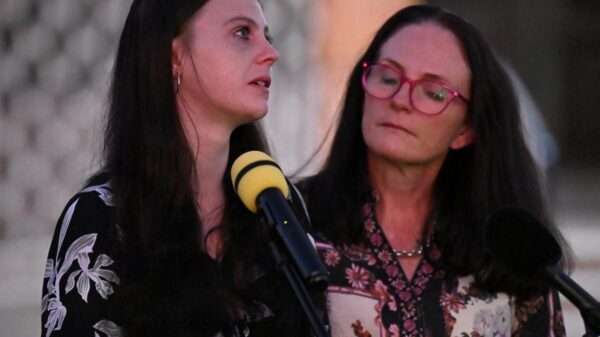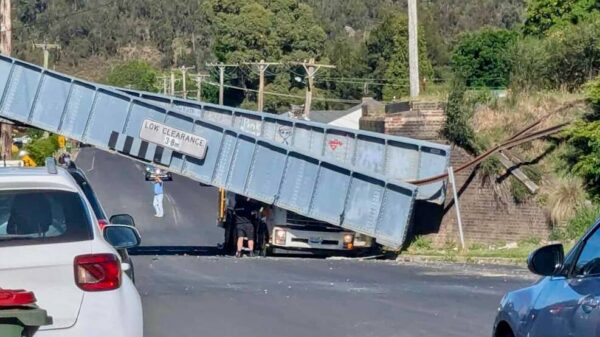Children and teenagers will no longer be able to log in to YouTube as part of a newly enacted social media ban for users under 16 years old. This decision marks a reversal by the Australian government, which had previously considered exempting the popular video-sharing platform from the regulations.
The rules governing this ban are anticipated to be introduced to parliament on **March 6, 2024**, and will specify which platforms are affected. Platforms primarily focused on gaming, messaging, health, and education may be exempt from this legislation. The reversal comes shortly after **Google**, YouTube’s parent company, threatened legal action against the government for considering the removal of its exemption based on the platform’s educational value.
Political Reactions to the Ban
The inclusion of YouTube in the ban has sparked criticism from various political figures. The **Shadow Education Minister** expressed concern that the growing gap in literacy and numeracy skills among students is a significant issue, stating, “We are putting in a record amount of money but getting declining or static results.” This gap, according to the minister, is particularly troubling between students in regional, remote, and metropolitan areas.
The Liberal frontbencher, who previously supported the exemption for YouTube, described the government’s decision as a “broken promise.” He emphasized the need for a balanced approach to protect children online while also considering freedom of speech and privacy rights. He stated, “We need to carefully look at the regulations.”
In contrast, the **Greens Leader** has criticized the focus on restricting access for children rather than holding tech companies accountable for the content shared on their platforms. She pointed out that tech-savvy children might find ways to bypass these bans, asserting, “What we actually need to do is make these platforms safer, not just for kids but for anyone accessing them.”
Implications for Students and Educators
The decision to restrict access to YouTube raises important questions about the educational resources available to students. Many educators utilize YouTube for its vast array of instructional videos that can enhance learning experiences. The government’s decision reflects ongoing concerns about the potential risks associated with minors accessing certain types of content online.
As the implementation date approaches, educators and parents are left to consider how these changes will affect children’s learning opportunities. The Shadow Education Minister reiterated the need for a comprehensive review of the curriculum to ensure that students receive the support they require to meet literacy and numeracy standards.
Overall, the move to include YouTube in the social media ban for under-16s highlights the complex balance between protecting children online and ensuring they have access to valuable educational resources. As the policy unfolds, its impact on students and the broader educational landscape will become clearer.







